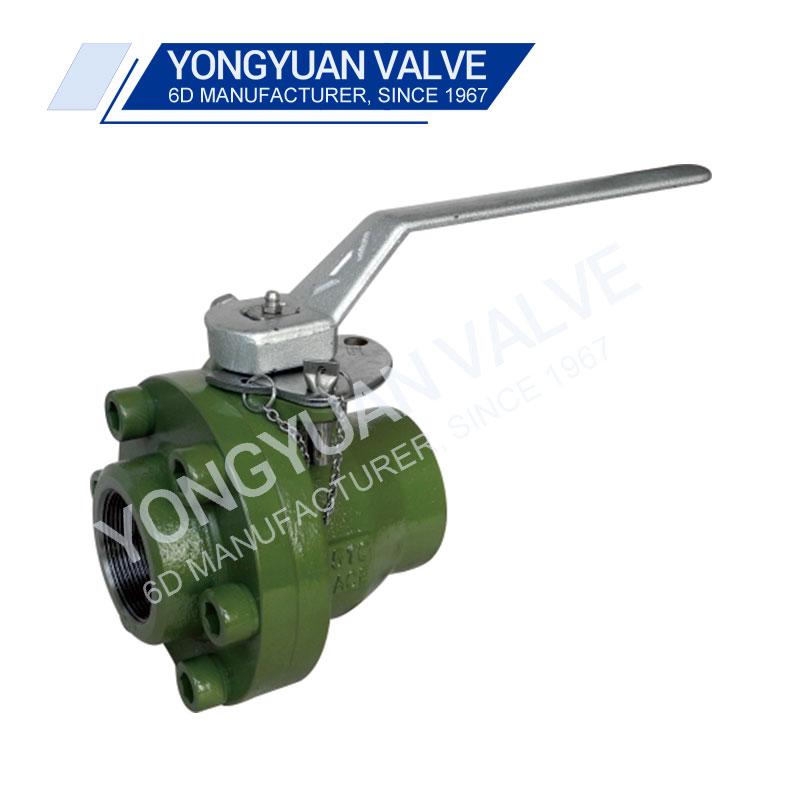What are the primary components of a ball valve
2023-10-27
The primary components of a ball valve include the following:
1. Body: The body of a ball valve is the outer shell that contains the other components. It is typically a cylindrical or spherical structure with ports (inlets and outlets) for fluid to enter and exit. The body is designed to withstand the pressure and temperature of the fluid being controlled.
2. Ball: The ball is the central component of the ball valve. It is a hollow, spherical or cylindrical object with a hole (port) through its center. The ball can rotate within the body to control the flow of fluid. When the hole in the ball is aligned with the pipeline, the valve is open, and when the hole is perpendicular to the pipeline, the valve is closed.
3. Seats: Seats are soft or resilient materials, typically made of rubber, Teflon (PTFE), or other elastomers, located on the interior of the valve body. They provide a tight seal when compressed against the ball in the closed position. The seats prevent leakage and ensure a leak-tight shut-off.
4. Stem: The stem is a shaft connected to the ball. When the valve handle or actuator is turned, it rotates the stem and, in turn, the ball. The stem transfers the motion from the handle to the ball, allowing the operator to open or close the valve.
5. Actuator: The actuator is the mechanism used to turn the stem and control the position of the ball. It can be manually operated using a handle or lever, or it can be automated using electric, pneumatic, hydraulic, or other methods for remote control.
6. Handle or Lever: In the case of manual ball valves, a handle or lever is attached to the stem. The handle allows the user to manually rotate the stem and control the valve's operation. It is a common method of operating small to medium-sized ball valves.
7. End Connections: Ball valves have end connections on either side of the body to facilitate the connection of pipes or tubing. These connections can be threaded, flanged, welded, or configured in other ways to suit the specific requirements of the application.
8. Port Configuration: The port configuration of a ball valve determines the number and arrangement of ports (inlets and outlets). Common configurations include two-way (2-port) valves, three-way (3-port) valves, and multi-port valves, each serving different purposes.
9. Trim: The trim refers to the internal components that come into direct contact with the flowing fluid. It may include the ball, seats, and stem. The choice of trim materials can be significant for compatibility with the fluid and for enhancing the valve's performance.
10. Bonnet: In some ball valves, especially those used in high-temperature or high-pressure applications, a bonnet is attached to the valve body to enclose the stem and protect it from extreme conditions. The bonnet may also include seals or packing to prevent fluid leaks around the stem.
These components work together to control the flow of fluid through the ball valve. The choice of materials, design, and additional features can vary based on the specific application and the operating conditions.



